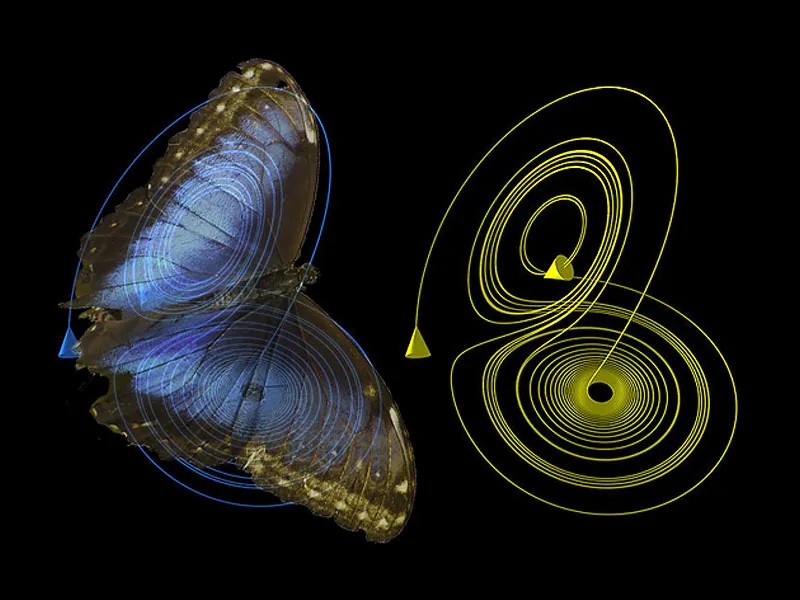“King Lear might start like a fairytale but most of it is like a nightmare.” Discuss.
Recently, I was given the question above for my English homework. I found it an intriguing prompt, offering a fascinating lens through which to analyse Shakespeare’s tragic masterpiece. The interplay between the seemingly idyllic opening and the relentless chaos that follows reveals much about the play’s exploration of power, betrayal, and human suffering. I thought this analysis was worth sharing here, so here’s my take on how King Lear subverts the conventions of a fairytale to deliver a profoundly nightmarish tragedy.

At first glance, the opening of King Lear appears to mirror the structure and motifs of a fairytale. However, a closer analysis reveals that these superficial fairytale tropes are immediately subverted. The play eschews the harmonious resolution that typifies the genre, instead plunging its characters and audience into chaos, betrayal, and existential despair in multiple characters. Thus, while King Lear may gesture towards the archetypal fairytale, it is, in essence, a nightmare.
The opening scenes of King Lear evoke the structure and conventions of a fairytale. Lear, the aging monarch, declares his intention to divide his kingdom among his three daughters, contingent upon their declarations of love: “Which of you shall we say doth love us most?”. This premise aligns with the moral tests often found in folklore, where familial loyalty or honesty is rewarded. Furthermore, the division of the kingdom introduces a sense of expected order, with Lear seeking to “divest us both of rule, interest of territory, cares of state.” Such a relinquishment of power in pursuit of peace reflects an idealized progression of life, echoing a fairytale’s promise of resolution and stability.
Similarly, the characters initially conform to archetypal roles especially in relation to the quintessential fairytale “rule of three”. Goneril and Regan, the elder two daughters, appear as the cunning, malevolent siblings who flatter their father with deceitful hyperbole: “I love you more than words can wield the matter.” In contrast, Cordelia, the youngest daughter, embodies the virtuous, selfless heroine, her honesty costing her disinheritance: “I cannot heave my heart into my mouth.” The archetypal binaries of good and evil, coupled with the royal setting, lend an air of familiarity, as though the audience is embarking on a narrative steeped in folklore and fairytale.
Yet even this fairytale framework is merely illusionary. Lear’s irrationality and hubris—“Here I disclaim all my paternal care”—fracture the paternal bond central to the fairytale structure. His decision to exile Cordelia and Kent, his most loyal companions, marks the first step towards disorder. Critic Arnold Kettle observes, “Shakespeare reveals from the very start a society in turmoil,” as the kingdom’s division foreshadows the moral and political disintegration to follow. Thus, while King Lear begins with echoes of a fairytale, its narrative foundation is destabilized almost immediately.
The thematic trajectory of King Lear diverges sharply from the expected progression of a fairytale. Instead of resolution and harmony, the play becomes a chronicle of betrayal and conflict. Both the main plot and the Gloucester subplot are propelled by treachery. Lear’s elder daughters, Goneril and Regan, who profess undying love, quickly reveal their true nature as they conspire against their father. Goneril’s early words to Regan—“Pray you, let us hit together”—expose their calculated betrayal. Rather than honouring the familial bonds they so ostentatiously claimed to cherish, they unite in their ambition to strip Lear of power and dignity. Their schemes are further evidenced when Goneril declares, “We must do something, and i’ th’ heat,” underscoring their eagerness to seize control and consolidate authority.
Similarly, the subplot involving Gloucester and his sons mirrors this betrayal. Edmund, the illegitimate son, manipulates Gloucester into disowning his legitimate heir, Edgar: “Why bastard? Wherefore base? With baseness? Bastardy?” His calculated deception—“If this letter speed and my invention thrive, Edmund the base shall to th’legitimate”—culminates in familial and political chaos. Critic Harold Bloom aptly notes, “Lear’s initial blindness to the true nature of his daughters’ love is a tragic flaw that propels the narrative into chaos.” This blindness, echoed in also Gloucester’s inability to perceive Edmund’s treachery, illustrates how both plots subvert the moral clarity associated with fairytales. Instead of rewarding virtue, the play punishes it, leaving loyalty and honesty vulnerable to exploitation.
The nightmare intensifies as the play delves into themes of madness and existential despair. Lear’s journey from a position of absolute authority to a state of helplessness reflects not only his personal unraveling but also the broader collapse of order. His cry—“O fool, I shall go mad”—marks the transition from regal arrogance to profound vulnerability. Stripped of his retinue and dignity, Lear confronts his humanity amidst the storm: “Here I stand your slave, a poor, infirm, weak, and despised old man.” This descent into madness, mirrored by Gloucester’s physical and emotional torment, underscores the play’s nihilistic undertones. Critic Thomas P. Roche describes the play as “as bleak and unrewarding as man can reach outside the gates of hell,” capturing its relentless depiction of suffering.
Even Edgar, who adopts the guise of Poor Tom, participates in this thematic exploration of madness. His feigned insanity—“Edgar I nothing am”—reflects the play’s pervasive disintegration of identity and order. The storm scenes, with their tempestuous staging and chaotic imagery, further reinforce the sense of a world untethered from stability. The natural and political landscapes mirror each other in their turmoil and madness, creating an atmosphere of unrelenting dread.
The abuse of power is a central motif in King Lear, exacerbating the play’s nightmarish quality. Lear’s initial division of the kingdom is a “misguided attempt to control his legacy”, driven by his fear of aging and loss of authority as pointed out by Coppelia Kahn. This act of self-sabotage sets the stage for a series of abuses by his daughters, whose newfound authority emboldens their cruelty.
Goneril and Regan’s treatment of others reflects their tyrannical rise. Their willingness to exploit power culminates in acts of physical and psychological violence: Gloucester’s blinding—“ pluck out his eyes ”—is the most visceral example, symbolizing their sadistic desire to dominate and control. This act is not only an attack on Gloucester but also a symbolic dismantling of clarity and justice within the kingdom. Similarly, Goneril’s humiliation of Kent—“Fetch forth the stocks!”—and her eventual poisoning of Regan exemplify how power becomes a tool for personal ambition, devoid of any moral restraint. The younger generation’s rise—“The young rises when the old doth fall”—is marked not by renewal but by ruthless conflict, illustrating how Shakespeare subverts the expectation of redemption or resolution often associated with generational change in a fairytale.
The play’s relentless trajectory towards death and destruction cements its nightmarish quality. Unlike a fairytale, where challenges are ultimately resolved, King Lear concludes with the death of nearly every central character, irrespective of their morality. Cordelia’s return from France offers a fleeting glimmer of hope (Also seen in Richard Eyre’s production whereby Cordelia is repeatedly seen enveloped in whiteness) , only to be extinguished by her execution. Lear’s despairing cry—“Howl, howl, howl!”—as he cradles her lifeless body encapsulates the tragedy’s emotional devastation. The stage becomes littered with corpses, physically symbolizing the futility of human striving and the inexorability of death.
Even moments of apparent reconciliation are undercut by tragedy. Lear’s recognition of Cordelia’s love—“I am a very foolish fond old man”—comes too late to prevent their shared demise. Gloucester’s attempted suicide and subsequent reconciliation with Edgar similarly offer no reprieve, as he succumbs to despair soon after. The play denies its audience the catharsis of resolution, leaving them instead with a stark meditation on human suffering and mortality.
To conclude, while King Lear may gesture towards the structure and themes of a fairytale in its opening, this semblance is quickly dismantled. The narrative becomes a relentless exploration of betrayal, madness, and anguish, far removed from the moral clarity and resolution of a fairytale. Through its portrayal of divided loyalties, the corruption of power, and the inevitability of death, Shakespeare crafts a nightmarish vision of the human condition. As critic A.C. Bradley observes, “At the start, Lear is a man of immense power and authority, but his inability to distinguish between flattery and genuine loyalty sets the stage for his downfall.” This initial failing, mirrored across the play’s plots, ensures that King Lear transcends the conventions of folklore, delivering instead a profound and harrowing tragedy.

The Chain Reaction of Us
our story is made of chain reactions – we are just the sum of tiny miracles pretending to be[…]

FIGuring Life Out
Looking at Sylvia Plath’s Fig Tree: On Choice, Possibility, and Growing Into Who We Are I turned eighteen recently,[…]

The F-Word We’re Afraid To Say
WHY ARE WE SO SCARED OF THE WORD “FEMINIST”? There’s a strange, bitter irony in the fact that a[…]

No responses yet